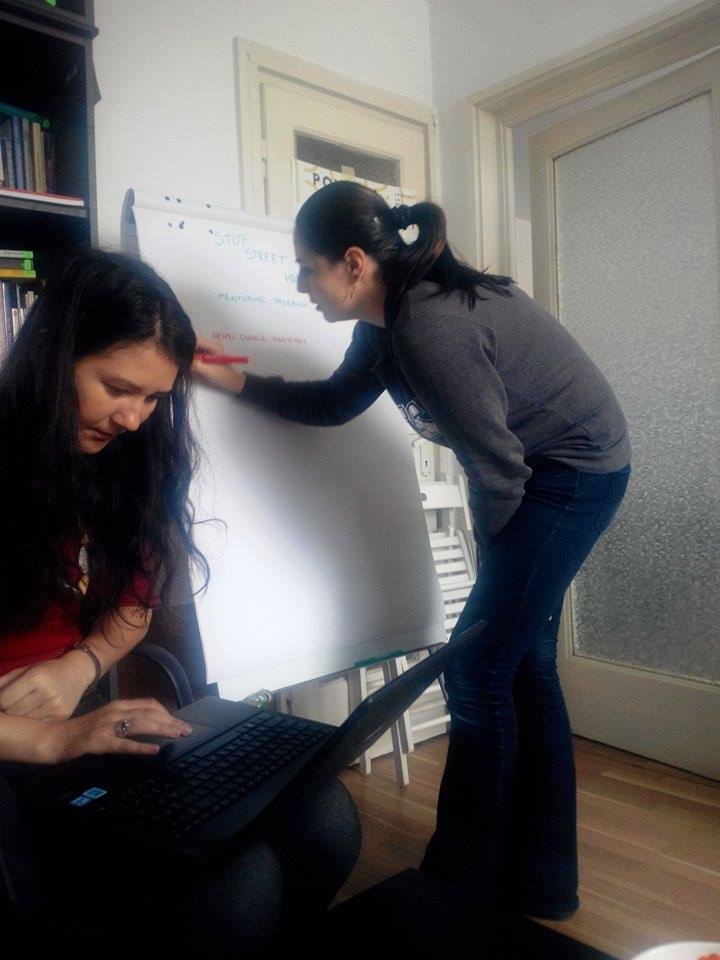
Last week, Jenny Stanley wrote a powerful open letter about street harassment for The Irish Times. In it she describes the many times she faced street harassment as she simply commuted home from work at night. Her closing is heartbreaking:
“I walked home. I opened the door and sat in my kitchen. I cried. I was so very, very tired. I knew then that just because I was home it did not mean it was all over. I too am exhausted, not only for myself but for those who have had and will have similar experiences, and the innumerable amount of men who do value and respect women and anyone who believes that gender should not influence a person’s right to be viewed as an equal in the eyes of another.”
Her letter has been covered by several outlets, including Cosmo, MTV, Elite Daily, Bustle, and the Huffington Post.
I joined Jenny and Tom Meagher of the White Ribbon Project on an episode of The Women’s Podcast for The Irish Times. I was asked to talk about the “right way” to respond to street harassers and shared how there is no right way. We have to do whatever we can to feel safe and get out of a frustrating, annoying, upsetting and sometimes really scary situation. And then we can do what we can to speak out and be part of the cultural shift so that street harassment is no longer acceptable or commonplace.
Tom spoke about men’s role and how to reach boys on the issue, which is so, so important.
I applaud Jenny for taking a stand — even if she didn’t feel able at the time the harassment happened, she is clearly having an impact now.




